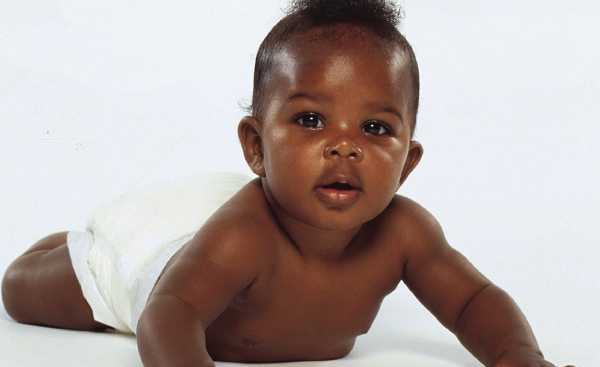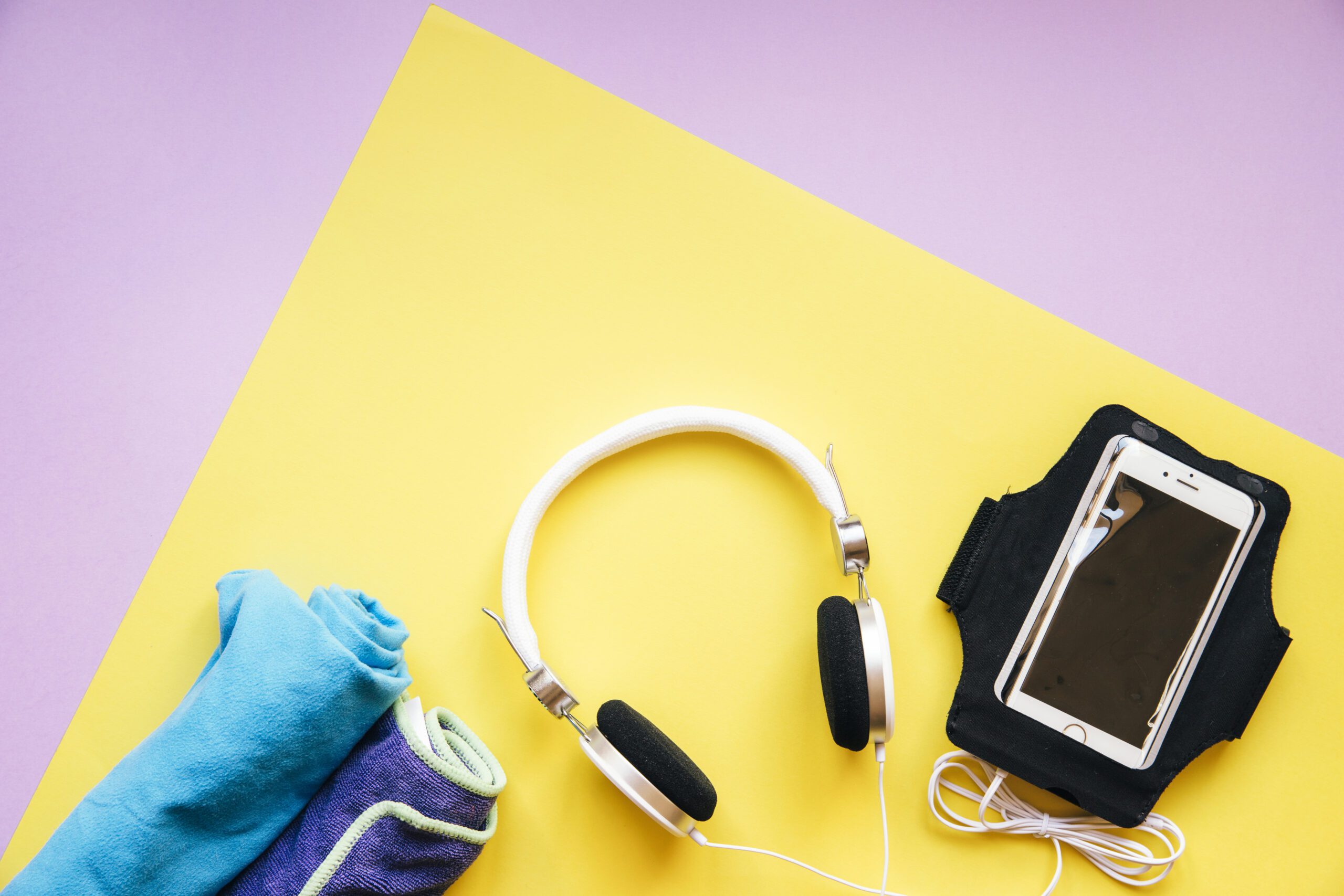TIPS TO INFECTION-FREE umbilical cord healing

It’s hard to imagine that our navels were once 50 cm or 20 inches long, yet that is how the average umbilical cord (the ‘cable’ connecting a mother and her foetus in the womb) grows. The main purpose of the umbilical cord is to facilitate the transportation of oxygen, food and waste matter from mother to baby and vice versa, but once the baby is delivered other organs take over these roles, thus rendering it useless.
While severing the cord is painless, taking care of the leftover stump (about two to three centimetres) does require regular maintenance for proper healing to take place. Here are tips to help you take care of the umbilical cord stump.
Always wash your hands before handling the stump.
As a rule of thumb, keep the stump dry. For the first few days, forego the temptation to give your baby full submerged baths and instead stick to sponge baths. In the event the stump gets wet, reduce the risk of harm or infection by patting the area completely dry before dressing the baby.
Stick to plain water and cotton wool or flannel. Mild cleansers may not be overtly dangerous but plain water minimises the risk of a bad reaction, which can lead to an infection.
Before cleaning it, conduct an inspection. Look for signs of infection such as a smelly or swollen cord. In case of any of these symptoms, call your doctor immediately.
Clean your baby’s belly button last after washing all the other areas. In separate clean warm water, dip a cotton swab and squeeze excess water out. Gently, clean around the base of the cord and surrounding skin. Gently, hold the stump with a clean absorbent cloth to dry it completely. Thereafter, gently wipe and rinse around the belly button and finish the bath.
Avoid lotions, powders, or oils on or around your baby’s umbilical cord.
Once done, wash your hands and dress your child in loose fitting clothes to ensure the area is well aired.
Do this routine
for two weeks by which time, the stump will shrivel; change from yellowish- green to brown or black and then fall off by itself. DO NOT pull it off.
Signs of infection
While most umbilical cord infections are harmless at best and painful at worst, in rare instances, it can be life threatening. Signs that your child may have an infection include:
A swollen navel that appears red and tender.
A navel that oozes yellowish or whitish pus and is smelly.
A navel with continuous bleeding (when a drop of blood is wiped away, another drop appears). This normally occurs when the cord is pulled off prematurely.
If the child develops a fever and seems in pain when the navel is touched, is lethargic and has little interest in feeding. In case of any or all the above signs, seek treatment immediately. If you notice blood spots on your baby’s vest, there is no need to get alarmed but keep a watch on how the stump is healing. The area is, after all, exposed and may even have a bit of pus at the base as it continues with the healing process. There is no need to worry unless you notice any of the mentioned symptoms.




